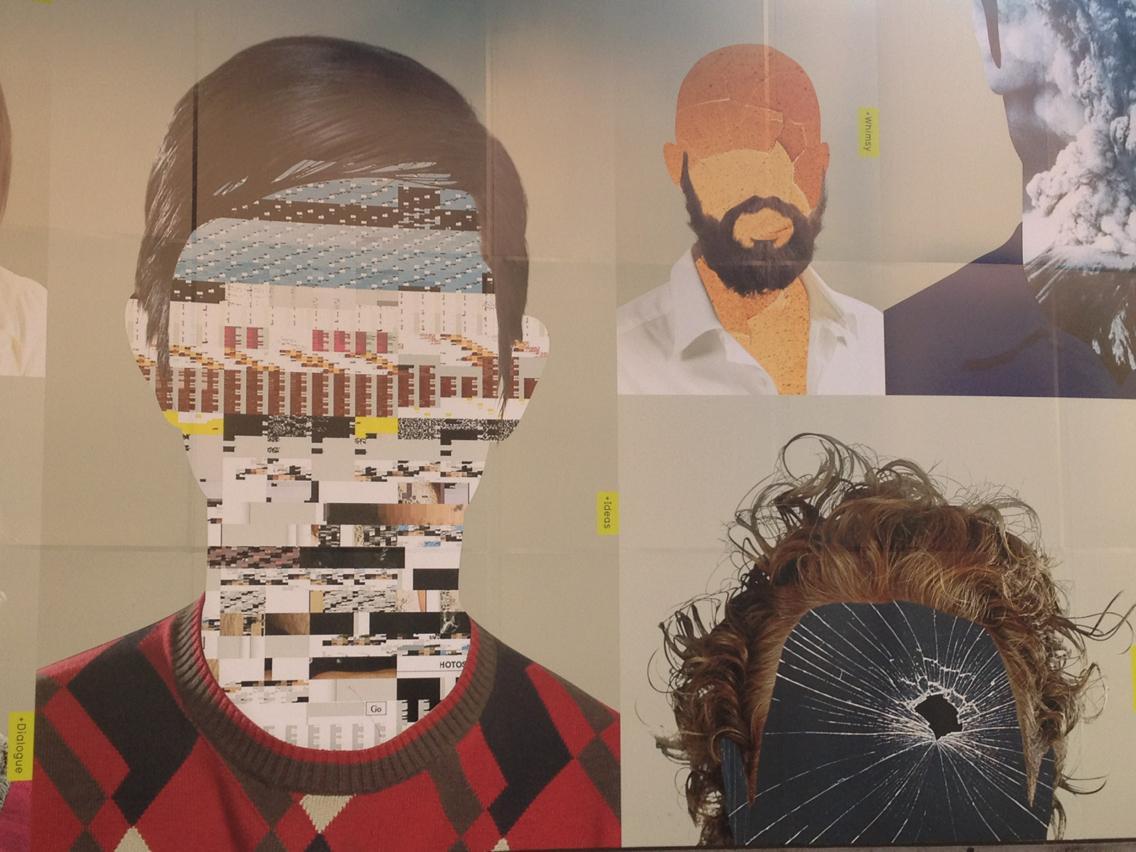"Zen Brain comes from a perspective of intersecting worlds of neuroscience and spiritual practice. What I heard were repeated metaphors of that hyper-connectivity of brain, mind, science as lived experience. By extension, the lessons of neuroscience are unfolding in our time, helping to redefine our minds, our world."
-Peter Goetz
by Peter Goetz, Licensed Marriage and Family Therapist
In
February I participated in Zen Brain at Upaya Zen Center in Santa Fe.
The program’s been going on for several years now, bringing together
neuroscientists, philosophers and Buddhist teachers to think out loud
together in the intersection of neuroscience and contemplative spiritual
practice. The focus this time was Consciousness: Waking, Sleeping,
Dreaming, Dying and what we know of them. As it turns out, a lot is
known about waking, some about sleeping and dreaming and almost nothing
about dying. 4 presenters offered perspectives with roshi Joan Halifax,
abbot of Upaya, holding up a zen lens for discussion and inquiry.
Neuroscience focuses on the contents
of consciousness, those densely interconnected brain structures and
processes that integrate cognition with feeling and memory to form our
subjective experience. Al Kaszniak (Univ. of Arizona) said that
identifying functional brain structures and the actions arising from
them largely has come from retrieval information after cognitive injury,
that is, what ceases function when discrete regions are
damaged. What’s foreground (conscious) and in the background
(unconscious) of our awareness is always shifting; this requires our
brains to process and prioritize information in complex ways, delivering
it to behavior and keeping us from being bombarded with overwhelm.
Given the stimuli of the 21st century, we’re pushing these systems
hard! Central to Buddhist thought are the ways in which the myriad
forms of consciousness become identified with Self, that is, who we are
(vs. what we’re experiencing).
Evan
Thompson (Univ. of Toronto) called sleep a hypnogogic state of
consciousness, where our associative mind drops away. Coordinated neural
patterns break down with few or no internal boundaries remaining.
Dreaming shows a presence of mental activity with localized attention
remaining in effect, mostly not encoded in memory. For some people
dreams become cognitively available through lucid dreaming and dream
yoga practices. Science looks at the contents of consciousness while
Buddhism views consciousness as independent from brain function; it has
no physical materiality and is more luminous than matter. This is the
focus of meditative practice. Insights from neuroscience are expanding
and deepening definitions of consciousness and mind, distinct from brain
function but arising from it.
Richard
Davidson (Univ. of Wisconsin) offered some of the most intriguing ideas
through his work as an affective neuroscientist. He’s wired long term
Tibetan Buddhist monks (with a minimum of 10,000 hours meditation
practice!) to brain scanners to observe how practitioners’ brains are
different from those from the rest of us. His work looks at the neural
correlates of contemplative practice. He sees 2 major differences, one
being a differing anticipation of pain. Practitioners experience
sensations of pain as much as others but their anticipation of it is
absent; when its there they feel it but not until then. The other
finding is the monks’ lack of mental ‘stickiness’, that ruminating
reactive negative thinking that can follow an unpleasant or painful
event. In both cases, suffering is reduced. Davidson spoke of how
little we know of the consciousness of death. What we do know
comes from reports of near-death experience, from those who have
come back from that brink. Clinical death is measured by the cessation
of heart rate yet brain scans have shown subtle and continuing EEG
activity in the hours after death as well as variations of body
decomposition and skin tone among some Tibetan practitioners.
The
health implications of all this stand out and are increasingly
recognized in our society. The American Heart Association now
recommends meditation to promote health. Mindfulness Based Stress
Reduction (MBSR) classes are available and utilized throughout the US.
Stephen Batchelor, a secular Buddhist scholar marveled at the fact that
Buddhist meditation is now a covered service under British National
Health!
Batchelor
sees the Buddha’s message as a response to the suffering of life, a
healing that is ongoing. We’re all works in progress. As such, it
matters less if there is a Self (or mind) independent of our brain but
how our lives can flourish, be fully lived. Our intelligence is
enhanced by the full cultivation of consciousness, by knowing our own
greed, hatred and delusion in everyday life. Consciousness is what
happens when we as sense endowed creatures encounter the unfolding
conditions of our world. In another reframe, Batchelor talked of
rebirth as a metaphor for starting over, a wonderfully open hearted
position. The point of spiritual practice - and life in general - is
not repeating the same actions, it is learning from experience.
Zen
Brain comes from a perspective of intersecting worlds of neuroscience
and spiritual practice. What I heard were repeated metaphors of that
hyper-connectivity of brain, mind, science as lived experience. By
extension, the lessons of neuroscience are unfolding in our time,
helping to redefine our minds, our world.
An engaging, user friendly, stimulating 3 days. I’m grateful for the opportunity to have been a part of it.
Peter Goetz has been working as a therapist for over 25 years often working with people with overlapping psychiatric issues (e.g. PTSD, bipolar, major mood, attention deficit, dissociative disorders), medical problems (e.g., cancer, HIV, chronic pain), drug or alcohol mis-use or behaviors and traits. You can learn more about Peter at petergoetzmft.com.
Labels: Buddhism, Mindfulness, neuroscience, Peter Goetz, Spirituality
